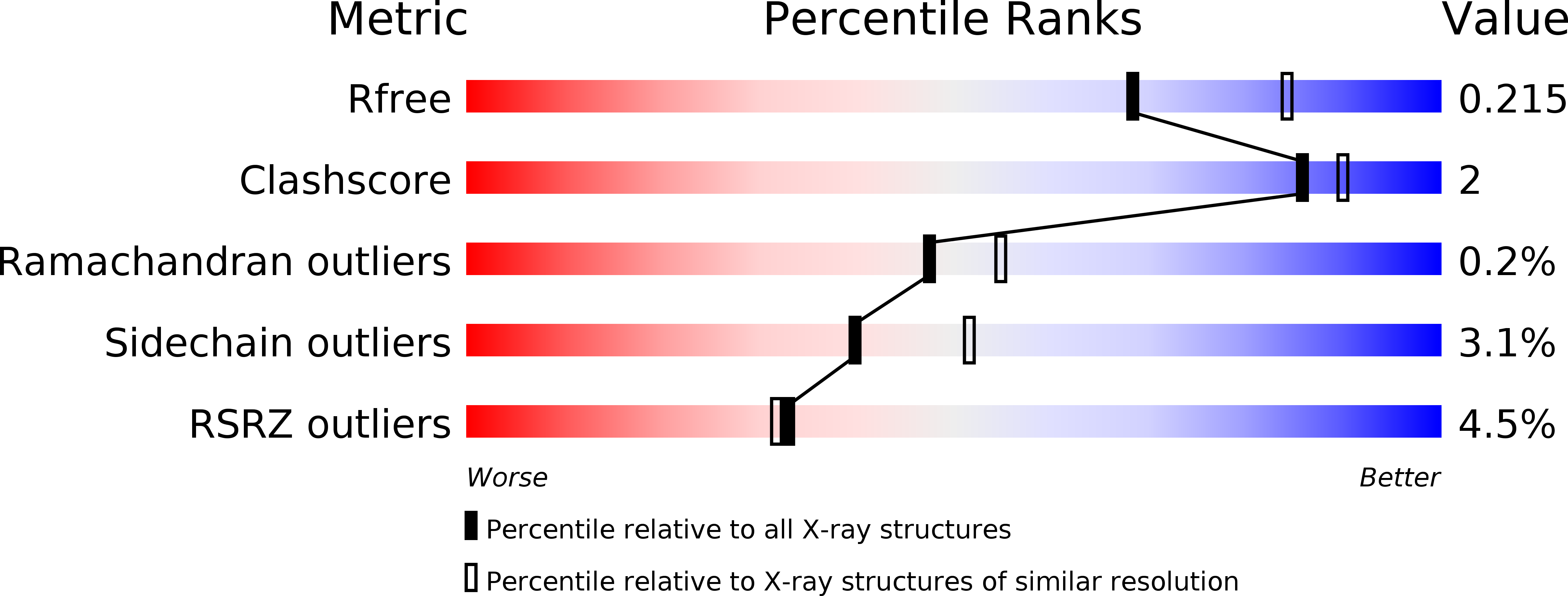
Deposition Date
2017-06-29
Release Date
2017-09-06
Last Version Date
2024-11-06
Entry Detail
PDB ID:
5XWB
Keywords:
Title:
Crystal Structure of 5-Enolpyruvulshikimate-3-phosphate Synthase from a Psychrophilic Bacterium, Colwellia psychrerythraea
Biological Source:
Source Organism:
Host Organism:
Method Details:
Experimental Method:
Resolution:
2.20 Å
R-Value Free:
0.20
R-Value Work:
0.14
R-Value Observed:
0.14
Space Group:
P 1 21 1


